10 tips on finding the best app for you
Get 'appy
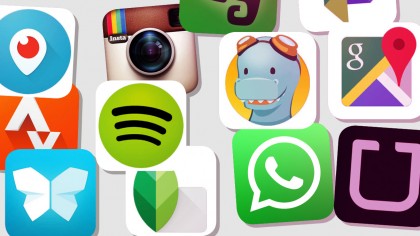
10 tips on finding the best app for you
Whether you're on Android or iOS you have a mind boggling number of apps at your fingertips. So many in fact that actually finding the ones you'll want can be something of a challenge.
For every tricked out tool or clever keyboard there are a dozen clunky counterparts, so separating the wheat from the chaff isn't always easy.
That's assuming you even know what you're looking for, but with such a large variety of apps around there's every chance that your next favourite could be something you've not even thought of.
With that in mind we've brought you ten top tips to address all those problems and make finding the best apps for you as easy as possible. So you can spend less time searching and more time using.
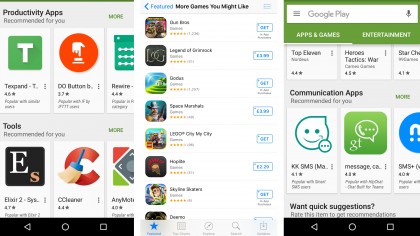
1. Check out what's recommended for you
If you're on Android and have already built up a library of apps your first stop should be Google's recommendations. On the 'Apps & Games' homepage you'll find a selection of apps that have been recommended for you, across various categories.
These recommendations are based on apps that are popular with people whose own app collection is similar to yours, as well as apps that your Google+ friends have liked. As such the more apps you download and the closer your friend's tastes are to your own the better the recommendations will get.
On iOS the closest equivalent to this is a 'Games You Might Like' section at the bottom of the 'Featured' screen. This too is based on your purchase history, so the more games you've downloaded the better its suggestions get.
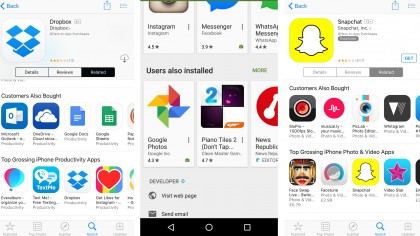
2. Look at what others have downloaded
If there's an app you like a lot, or like the idea of and want to find something similar to, a good approach is to see what other apps those who've downloaded it have got.
On Google Play you can do this by scrolling to the bottom of the app's listing on the store, where you'll find a 'users also installed' section. Far from just having a random selection of apps though all the suggestions tend to be things of a similar category to the app you're viewing, so you'll only be shown relevant things.
A similar system exists on iOS. Just tap on the 'Related' tab for an app you're viewing and you'll be presented with a list of things that customers also bought. By using this you're essentially letting other people do the searching for you.
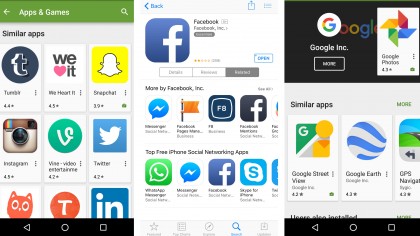
3. Find apps that are similar to your favourites
As well as letting you see what other apps people have bought, both Google Play and the App Store highlight what they believe to be similar apps to whatever you're looking at.
So if there's an app you like you can scroll down to the 'Similar apps' section on its page on Google Play, or check out the top apps in the same category by hitting the 'Related' button on the App Store.
The results are often similar to what you'll find when looking at what other people have downloaded, but there will inevitably be some differences, so it's worth checking both lists.
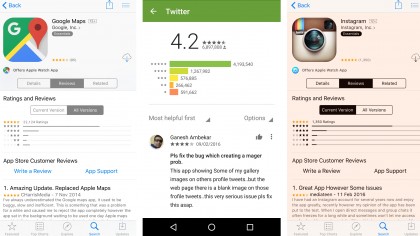
4. Pay attention to reviews and scores
A stranger's opinion might not mean much, but when thousands of strangers have all reviewed and rated an app it can start to build up a more convincing picture of whether that app is any good.
A quick glance at the average score of an app on either Google Play or the App Store can usually tell you whether it's worth any more of your attention- less than three stars and the answer is probably no.
Having said that, you should also look at how many people have reviewed an app. If it's a new one there may only be a small number of ratings, in which case the average score could be less accurate.
If you want to dive deeper it's also worth reading some of the reviews. Take a look at both positive and negative ones to see what people do and don't like about the app, so you can make a more informed judgement as to whether it's likely to be for you.
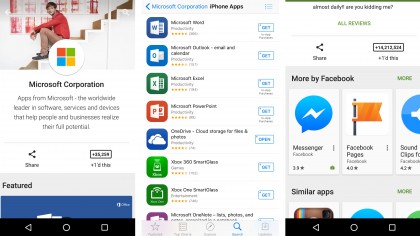
5. See what else a developer has made
If you like one app by a developer there's a good chance you'll like some of their other apps. Plus, in some cases multiple apps will feed into one another. For example to get the most out of the Facebook app you'll also need the Messenger app.
So whether you're finding completely new apps or just improving an old favourite, a quick look at a developer's other offerings is always useful.
On both Android and iOS you can do this by scrolling down to near the bottom of an app listing and tapping 'Developer Apps' on iOS or 'More by…' on Android.
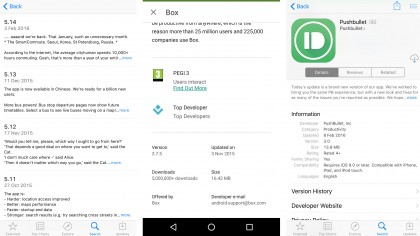
6. Make sure it's being supported
You want an app you can rely on, which means you want one that's still being supported and updated.
Both Google Play and the App Store tell you when an app was last updated and in general the more recent an update was the better. If it's been a few months that's not necessarily a big deal, especially if it's an app that's not likely to change much.
But if an app's not been updated in years that suggests the developer has abandoned it, meaning it's unlikely to get any better and if you run into bugs or problems you could be on your own. So save yourself the headache and opt for an app that's being shown some love.
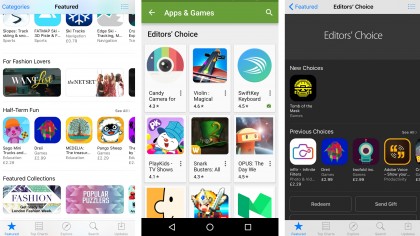
7. Highlighted apps
Both Apple and Google do their best to highlight new and interesting apps. On Android that mostly takes the form of an 'Editors' Choice' section, which is a curated list of apps and games that the Google Play team particularly recommend.
iOS also has an 'Editors' Choice' section, along with a variety of ever changing and updated collections and lists in different categories, such as apps for your commute or for fashion lovers.
As none of these suggestions are personalised to you they might not all appeal, but one thing you can be sure of is that they'll be of high quality, so you don't have to worry about downloading a duff app.
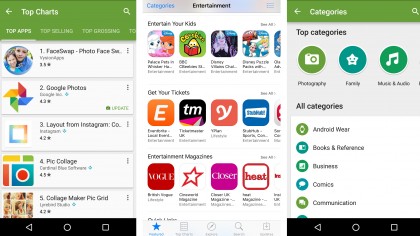
8. Filter and browse
You might not know what app you want but chances are you at least know what type of apps you're interested in, in which case you can filter apps by category on both app stores.
Then you can dive even deeper, with subcategories, recommendations and collections of apps, or just head to the top charts to see what's most popular.
It can take longer to find things this way, but you'll turn up apps that none of the tips above will find for you. Apps that haven't been highlighted by the store or downloaded by friends. In many cases that will be because they're rubbish, but there are lots of diamonds in the rough and sometimes the only way to find them is to dig deep.
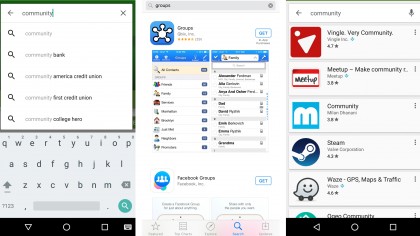
9. Get creative with search terms
Still not found an app that hits the spot? Then it could be worth doing some linguistic gymnastics and getting creative with search terms.
If you know you want to find a new social media app you've probably already tried searching 'social media', but 'social', 'social network' and 'messaging' will all turn up slightly different results. Better yet, think outside the box a bit and search for 'friends', 'groups' or 'community'.
The more creative you get in your thinking the more leftfield the app suggestions are likely to be, but sometimes that's what you need.
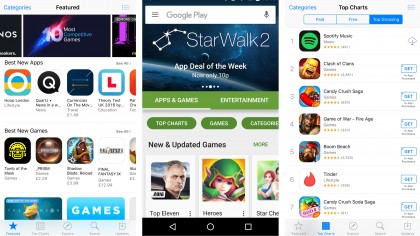
10. Check our app guides
Of course you don't need to do any of that, because we've already done the hard work for you. Whether you're interested in the best iPhone apps, best free iPhone apps, best Android apps, best free Android apps or something more specific like the best Android Wear apps or even the best apps to use in your car, we've got a carefully curated and regularly updated list for you.
James is a freelance phones, tablets and wearables writer and sub-editor at TechRadar. He has a love for everything ‘smart’, from watches to lights, and can often be found arguing with AI assistants or drowning in the latest apps. James also contributes to 3G.co.uk, 4G.co.uk and 5G.co.uk and has written for T3, Digital Camera World, Clarity Media and others, with work on the web, in print and on TV.